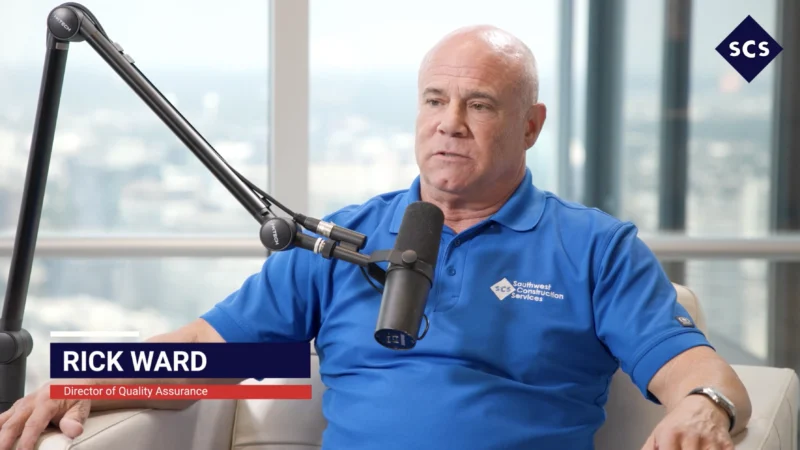Understanding OEE and How it Applies to Manufacturing
Overall Equipment Effectiveness, or OEE, is a metric that attempts to identify the percentage of planned production time that’s truly productive – but does it even come close to telling the entire story of a manufacturer’s operation?
According to Wave7 Founder and CEO David McKay, it’s even worse than that. In fact, McKay said, OEE provides no specific, actionable information for manufacturers to address lost productivity.
McKay joined this episode of Concept Systems’ Beyond the Concept with host Tyler Kern to outline his five reasons why OEE is an epic fail.
They include:
- OEE does not show you when machines are starved for materials
- OEE does not tell you when machine adjustment and maintenance is required
- OEE does not provide a specific machine or production line problems
- OEE does not show specific downstream blocks or problems
- OEE provides no specific, actionable loss information
Luckily, there are solutions. In elevating Wave7 to the “No. 1 performance improvement service for packaging lines” in the world, McKay has identified actual best practices that go beyond OEE and help manufacturers address their unique challenges.
To improve performance on the plant floor, manufacturers need a clear method to manage performance, tools to apply that method, a simplified and specific language of performance, and management and resource support to ensure these best practices are applied and acted upon.
“That’s something that the boardrooms have ignored for several years,” McKay said. “Let’s say it’s a bottler putting beer in bottles. Let’s talk about the losses that particular machine can experience. It can be starved, [blocked, idle or down]. These are the things that specifically identify the physical issue the machine is having. … There’s no reason to abstract this [language].”
Listen to past episodes of Beyond the Concept, here.









